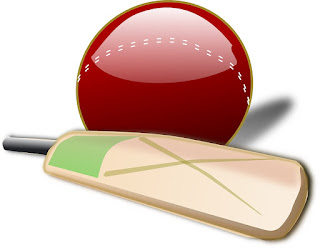The term used for the practice of intentionally altering the condition of the ball in cricket is "ball tampering." Ball tampering refers to any action taken by players to change the ball's condition, which can include actions that aim to enhance the ball's ability to swing, reverse swing, or generate more spin.
Ball tampering is considered against the laws of cricket and is deemed as a form of cheating. It undermines the fair play and spirit of the game. Altering the ball's condition in an unauthorized manner can provide an unfair advantage to the team carrying out the tampering, as it can impact the ball's behavior and make it more difficult for the opposition to play.
Various methods have been employed to tamper with the ball over the years. Examples include using foreign substances like saliva, sweat, or artificial substances to change the ball's surface, picking or scratching the ball with fingernails or other objects, or roughing up one side of the ball to encourage reverse swing.
Ball tampering came to significant prominence in 2018 when the Australian cricket team was involved in a highly publicized incident during a Test match against South Africa. It was revealed that some players had attempted to alter the condition of the ball using sandpaper, resulting in severe consequences for the individuals involved and for the reputation of Australian cricket.
In response to such incidents and to maintain the integrity of the game, the International Cricket Council (ICC) has implemented stringent rules and penalties for ball tampering. Players found guilty of ball tampering can face disciplinary actions, including fines, match suspensions, and even bans from the game.
Cricket has always upheld the principles of fair play and sportsmanship, and ball tampering goes against these principles. The practice undermines the level playing field and damages the spirit of the game, which relies on the integrity and honesty of all participants.
Photo: Pixabay (free)

No comments:
Post a Comment
Thanks for your comment.